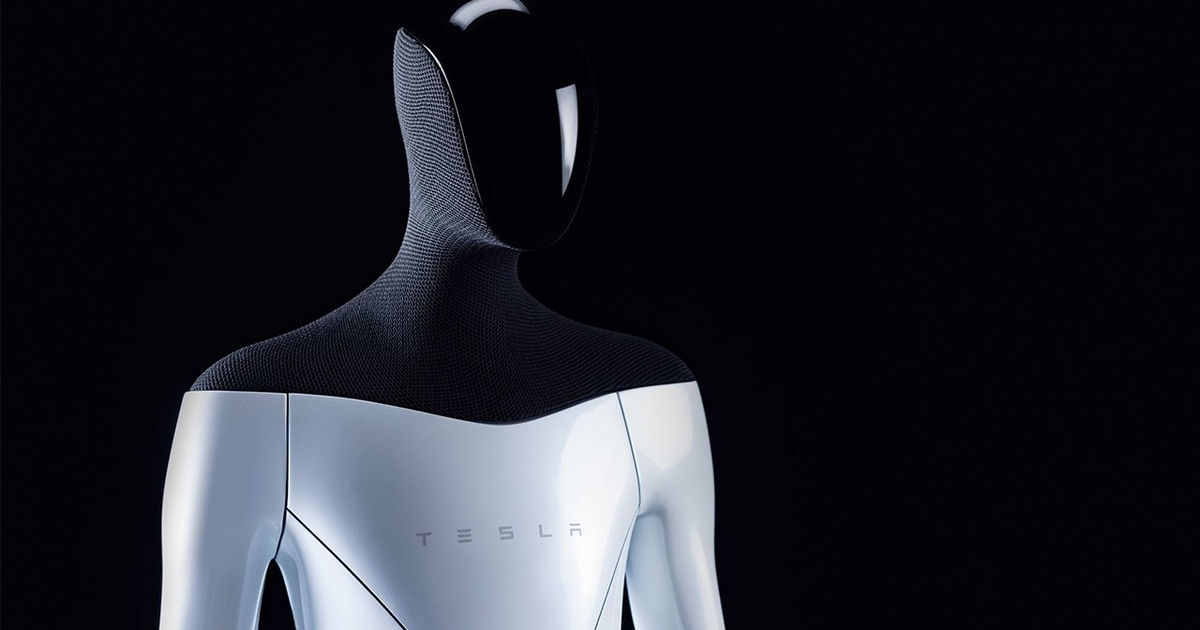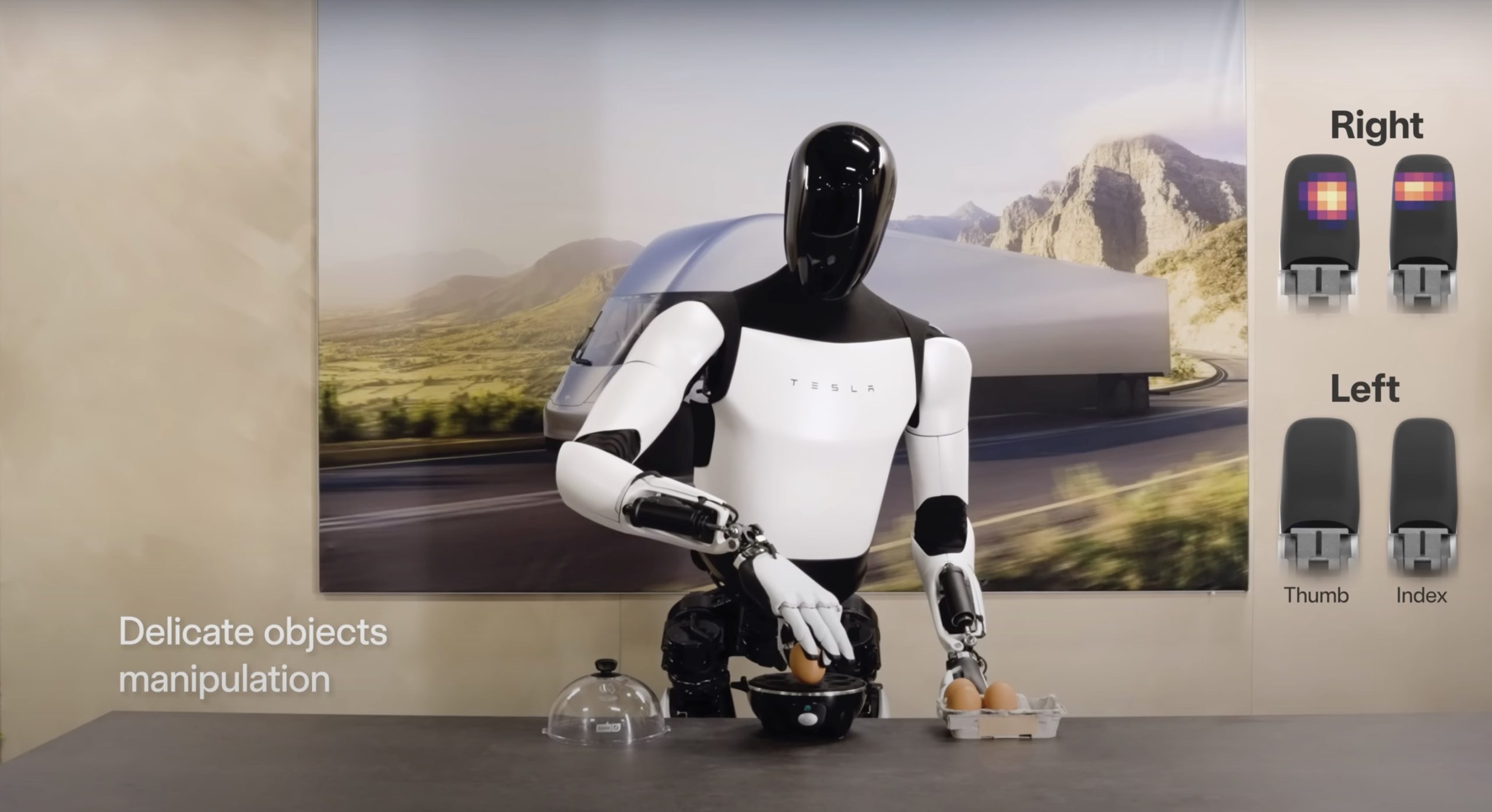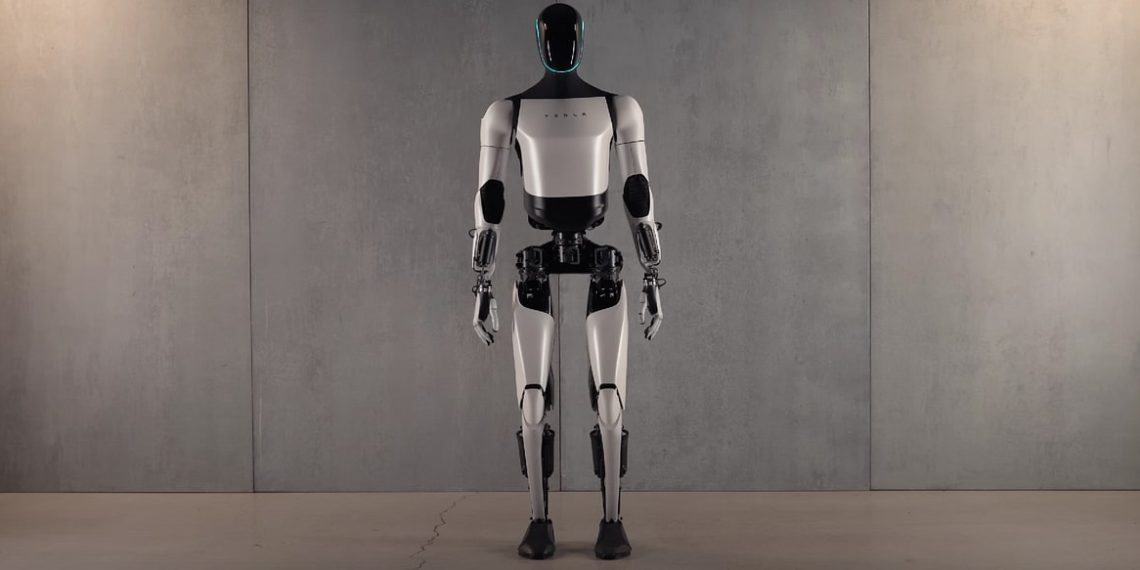Elon Musk revealed that Tesla‘s humanoid robot, Optimus, might be available for sale by the end of next year.
The move follows a trend among companies aiming to address labor shortages and automate repetitive tasks in various industries such as logistics, warehousing, retail, and manufacturing.
Musk informed investors during a conference call that Optimus, the Tesla robot, could start performing factory tasks by the end of this year.

While humanoid robots have been in development for years by companies like Japan’s Honda and Hyundai Motor’s Boston Dynamics, 2023 may mark a significant milestone for Tesla’s venture into this field.
The announcement comes amidst partnerships like the one between Microsoft and Nvidia-backed startup Figure with German automaker BMW to deploy humanoid robots in their U.S. facilities.
Musk sees Tesla well-positioned in this space, believing that robot sales could become a substantial part of the company’s business.
Despite Musk’s optimism, there’s skepticism due to past unfulfilled promises. In 2019, he forecasted a network of “robotaxi” autonomous cars by 2020, which did not materialize.
However, Tesla released the first generation of its Optimus robot, named Bumblebee, in September 2022. This year, they showcased a video of the second-generation robot folding a T-shirt at their facility.

Other players are also making strides. Figure’s robot, 01, was demonstrated making coffee, while Boston Dynamics revealed an electric platform for its Atlas humanoid robot, showcasing its ability to transition from lying down to standing and walking.
As Tesla continues to push boundaries, the introduction of Optimus could signify a new era in automation, potentially transforming industries and revolutionizing labor practices.
However, only time will tell if Musk’s ambitious timeline for Optimus will come to fruition.














